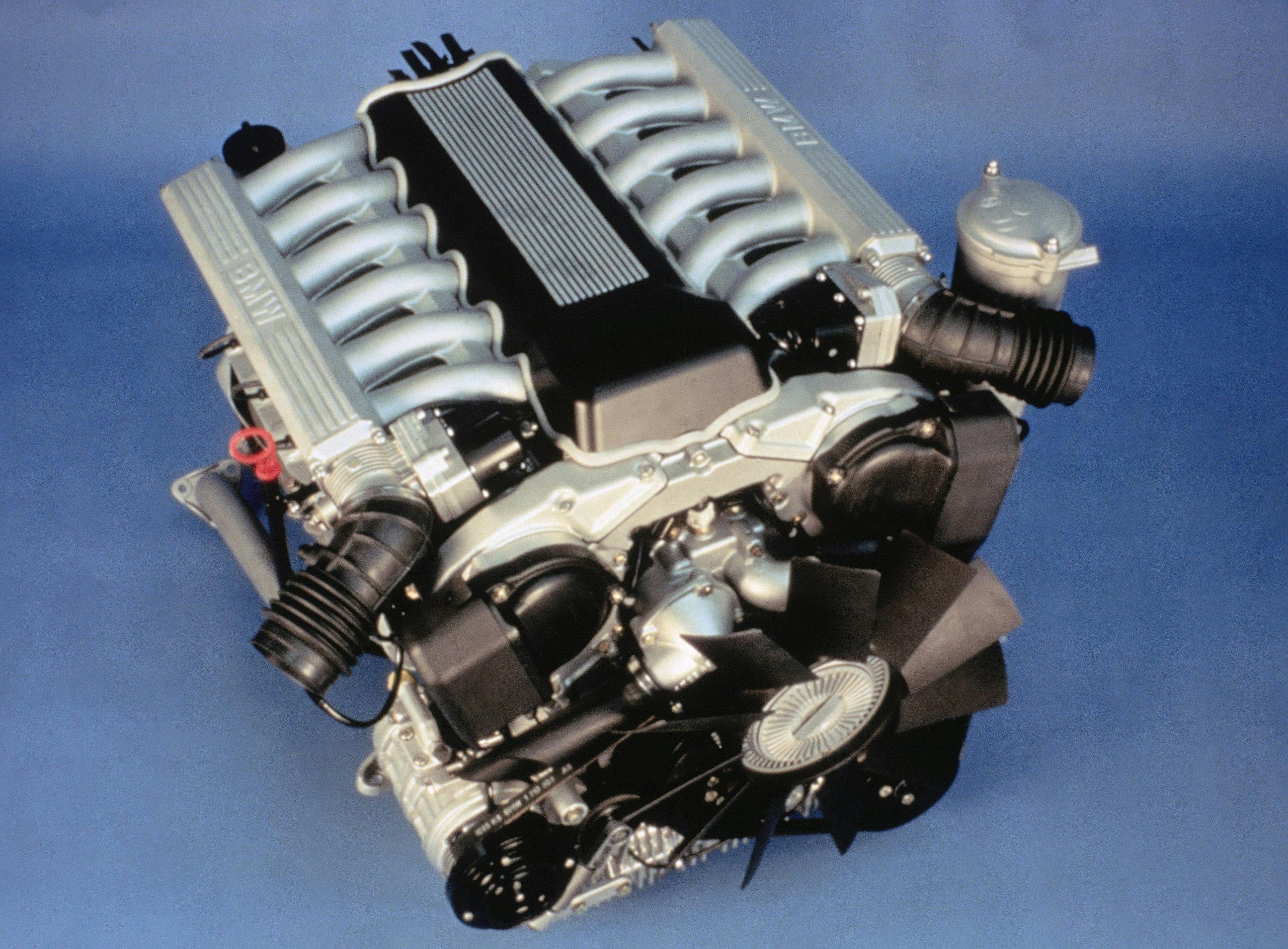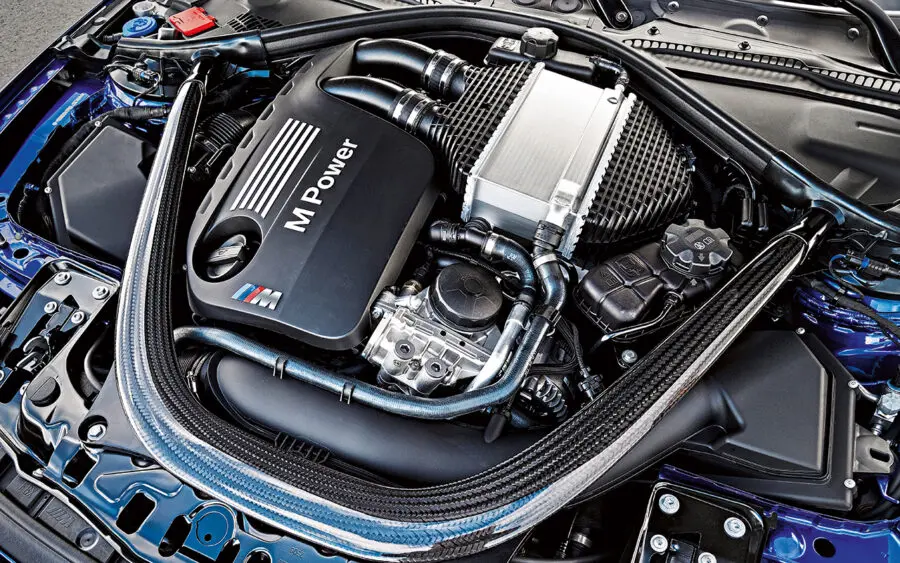Checking Out the Development of Burning Engines in Modern Transport Solutions
As we navigate the landscape of modern-day transport, the advancement of burning engines stands as a testimony to human resourcefulness and design expertise. From their modest starts to the innovative giants pushing automobiles today, burning engines have gone through an exceptional journey of development and adaptation. Understanding the intricacies of this evolution not only drops light on the past however also paves the means for picturing what exists in advance in the realm of transportation technology. The interaction of background, innovation, and environmental concerns fit the trajectory of burning engines produces a narrative that is both compelling and informative.
Very Early Beginnings of Combustion Engines
Just how did the idea of burning engines first emerge in the beginning of transportation advancement? The roots of combustion engines can be mapped back to the 17th century when the concepts of internal burning were initial discovered. In 1673, Christian Huygens conceived a fundamental inner combustion engine that utilized gunpowder to create power. It wasn't up until the late 19th century that functional applications of burning engines in transportation began to arise.
The development minute came with the creation of the initial successful gasoline-powered engine by Karl Benz in 1885 - bmw engine. This engine paved the method for the growth of the modern auto, transforming transport systems worldwide. Subsequent technologies by Nikolaus Otto and Gottlieb Daimler additionally refined combustion engine innovation, causing the automation of vehicles and the rapid expansion of the transportation sector
These very early combustion engines were characterized by their simpleness and efficiency, laying the structure for the complicated and powerful engines made use of in modern-day transportation systems. The advancement of combustion engines has contributed fit the way we travel and carry products, noting a substantial turning point in the background of transport advancement.
Change to Internal Burning Modern Technology
The shift to interior burning innovation marked an essential change in the advancement of transport systems. This shift began in the late 19th century, with creators like Nikolaus Otto and Gottlieb Daimler creating the initial effective inner combustion engines. These engines transformed transportation by using a much more reliable and effective option to vapor engines and electrical motors.
Among the essential advantages of inner burning engines was their capability to be scaled down to suit automobiles, resulting in the growth of bikes and autos. This change from bulky, fixed engines to compact, mobile ones led the way for the modern-day transportation systems we see today.
The change to interior burning innovation also stimulated innovations in fuel modern technology, resulting in the growth of gas and diesel as key fuel resources for vehicles. This shift not only made transportation extra easily accessible to the masses but likewise laid the structure for the oil and gas industry to end up being integral to worldwide economic situations.
Impact of Combustion Engines on Transport
The fostering of combustion engines in transport systems militarized a profound shift in the effectiveness and rate of global wheelchair. Burning engines revolutionized transport by offering a versatile and reputable resource of power for numerous vehicles, including cars and trucks, ships, vehicles, and airplanes. This technology significantly enhanced the ability for goods and people to move over fars away in shorter amount of time, causing raised connection in between areas and countries.
Moreover, the extensive use combustion engines has had a significant effect on economic advancement. The capability to deliver products effectively has spurred trade and commerce, enabling organizations to increase their markets and get to consumers worldwide. This has facilitated financial development and globalization, as items can now be carried faster and in larger amounts than in the past.
Nonetheless, the ecological effect of combustion engines can not be overlooked. The burning of nonrenewable fuel sources has led to air contamination and greenhouse gas exhausts, adding to environment modification and positioning health threats to populaces. bmw engine. Because of this, there is an expanding focus on developing different propulsion innovations to reduce these unfavorable effects and develop a much more sustainable future for transport
Developments in Burning Engine Style
Various innovations in burning engine design have actually driven the development of transport systems over the decades. One notable technology is the advancement of turbocharged engines, which make use of exhaust gases to drive a wind turbine that presses incoming air, permitting for more gas to be burned, leading to increased power outcome without a significant boost in engine dimension. Furthermore, straight injection modern technology has actually improved gas performance and performance by exactly controlling the quantity and timing of gas injected into the combustion chamber. Variable valve timing systems have likewise transformed engine layout by enhancing air movement at different engine rates, boosting both power and effectiveness. An additional significant innovation is the integration of light-weight products such as carbon fiber and aluminum alloys, decreasing total engine weight and boosting car fuel economic situation. Improvements in computer-aided layout have allowed designers to optimize engine performance and effectiveness with simulations prior to physical models are developed, conserving time and sources in the growth procedure. These innovations jointly contribute to the continuous improvement of combustion engines in modern transportation systems.
Future Patterns in Combustion Engine Development
With modern technology innovations driving constant development, the future of combustion engine growth is positioned Read Full Article to reinvent transportation systems globally. Among the crucial trends in burning engine advancement is the push in the direction of greater performance and minimized exhausts. Makers are investing greatly in r & d to improve engine performance while satisfying stringent ecological policies. This consists of the integration of sophisticated fuel injection systems, boosted turbocharging techniques, and making use of lightweight products to optimize gas consumption and minimize carbon emissions.
An additional popular pattern is the fostering of hybrid innovations in combustion engines. Crossbreed engines combine conventional burning modern technology with electric power, providing enhanced gas efficiency and lower discharges. As the vehicle industry changes in the direction of electrification, crossbreed combustion engines are seen as a transitional remedy that links the gap between traditional automobiles and totally electrical ones.
Moreover, the combination of smart technologies, such as expert system and data analytics, is expected to play check that a significant role in the future of combustion engine advancement. These innovations can enhance engine performance in real-time, bring about much more effective combustion processes and enhanced overall vehicle performance. Embracing these future trends will certainly not just drive technology in combustion engine advancement however likewise add to a more eco pleasant and lasting transportation community.

Conclusion
Finally, the development of combustion engines in contemporary transportation systems has been marked by considerable improvements in innovation and style. From the very early starts of burning engines to the change to inner burning modern technology, these engines have actually had an extensive effect on transport. Advancements in combustion engine style continue to drive progress in this field, with future patterns concentrating on additional improving efficiency and reducing emissions. The future of burning engines in transport looks appealing as research study and development efforts remain to press limits.
The roots of burning engines can be mapped back to the 17th century when the principles of inner combustion were first discovered. These engines reinvented transportation by supplying a much more effective and efficient choice to vapor engines and electric motors.
